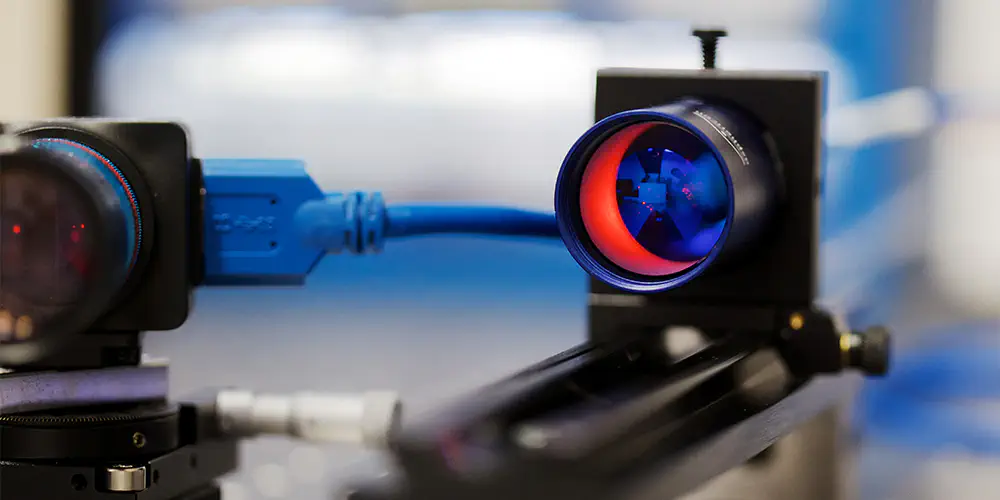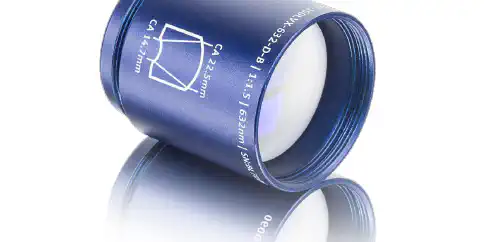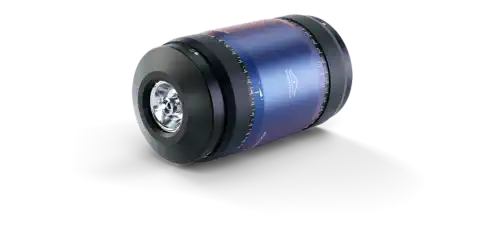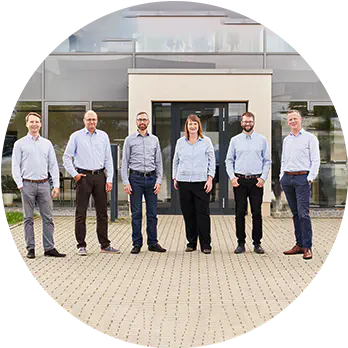
Laser Beam Expansion
Lens systems for the expansion and reduction of laser beams
Using the optically based process of beam expansion, it is possible to reduce or increase the diameter of a laser or light beam. High-quality optics, such as aspherical lens surfaces, form the basis for the optimal adaptation of a beam cross-section. The resulting increase in effectiveness and utilization of the existing optical setup is mainly used to increase the power density at the focal point and for beam guidance over long optical paths. Final, a light or laser beam by expansion thus produces the better illumination of an optically effective surface. Optical systems for expanding laser beams are used primarily in research and development, in the laboratory or in (laser) material processing.
Functional principle of a classical beam expander
Classical systems, such as beam expanders, use two spherical lenses to expand the beam cross-section. These conventional systems are designed for fixed magnification and are also characterized by spherical aberrations. An increase in magnification flexibility can be achieved using an additional optical element. In the simplest case, the new system consists of three individual lenses (converging lens, diverging lens converging lens, converging lens). To change the beam expansion, two lenses must be varied in position, with the third lens in a fixed position at the same time. Improved wave front quality can be achieved by using aspherical lenses or chromatic doublets. The spherical aberrations are reduced to a minimum and the quality of the wave front is significantly improved.
Monolithic systems
A second possible solution is monolithic beam expansion systems. A monolith is a single optical element consisting of a meniscus lens. The meniscus lens usually works with two spherical surfaces that have a common center of curvature. By aspherization one of these optically effective surfaces, such as in our a|BeamExpander, an afocal system is created with which large input beam diameters can be realized and opening errors corrected. Considered as a single element, the magnification of the monolithic system is relatively low. Due to the character of an afocal system, however, it is possible to connect several monolithic individual elements “in series”, which results in a high variation of the resulting total enlargement of the beam diameter as a result of the respective enlargements of the individual systems. The high number of magnification variations is further favored by the arbitrary exchange of the individual monoliths with each other. The advantage: Compared to conventional systems, the overall length of a monolithic series connection is significantly reduced. Another special advantage: The resulting beams are characterized by high stability and diffraction limitation, i.e. the light or laser beam is limited only by the diffraction of the light. Thus, beam expander systems meet high precision requirements for an effective and convincing performance in your optical setup.



